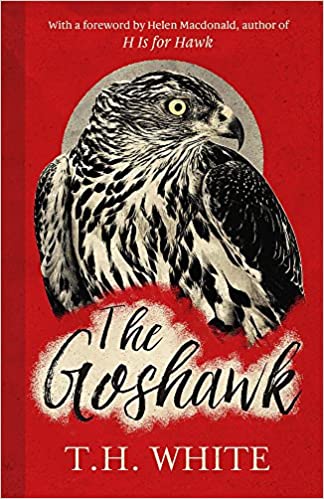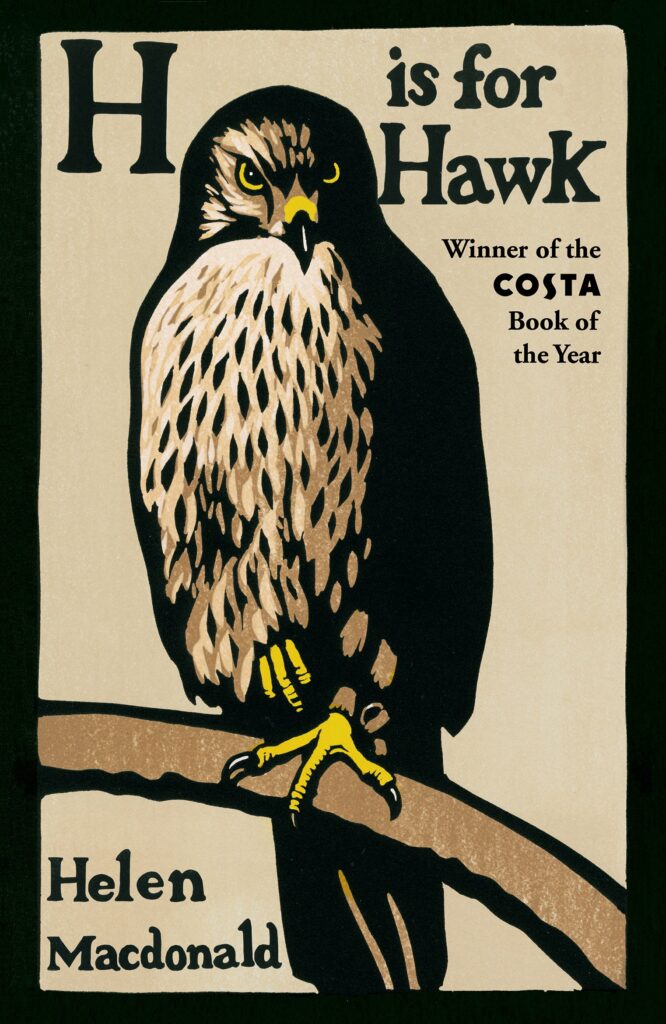By Nanda Jarosz
In the middle of 2020, during the first lockdown in response to the COVID-19 pandemic in Australia, I wrote and designed a module for a second-year unit, “Love in Different Languages,” delivered as part of the Interdisciplinary and Comparative Literary Studies program in the School of Languages and Cultures at The University of Sydney. In this module, I set out to explore literary representations of love between humans and nonhumans with my students.
For this module, I selected six texts that contained representations of dialogue between humans and nonhumans. Each text contained stories that tell of engagements between humans and nonhuman entities, providing fruitful ground for the practice of reading and thinking from a more-than-human perspective. Taking two texts as case studies of the representation of wild animals in literature, I wanted to interrogate the ways in which animals can often come to be seen merely as symbolic extensions of a protagonist’s inner world.
 I chose two novels to focus on, T.H White’s The Goshawk (1951) and Helen Macdonald’s H is for Hawk (2014), that appear to offer two fundamentally disparate ways of representing the relationship between a human being and a bird. Both are written in the form of memoir and offer an autobiographical account from a human perspective of the arduous experience of training a goshawk. Our first challenge was to discuss the allure of stories of wild animals and to interrogate how the representation of animals and their ‘masters’ in literature risks a form of re-taming that glorifies human mastery.
I chose two novels to focus on, T.H White’s The Goshawk (1951) and Helen Macdonald’s H is for Hawk (2014), that appear to offer two fundamentally disparate ways of representing the relationship between a human being and a bird. Both are written in the form of memoir and offer an autobiographical account from a human perspective of the arduous experience of training a goshawk. Our first challenge was to discuss the allure of stories of wild animals and to interrogate how the representation of animals and their ‘masters’ in literature risks a form of re-taming that glorifies human mastery.
We engaged in some literary analysis to explore how Macdonald and White offer two vastly different ways of characterising the animals in their care. For example, in our first seminar, students had to locate adjectives used in both texts to describe the animals. In White’s story, Gos (the Goshawk in his care) is represented as a literary character rather than as an animal in possession of his own selfhood. Labelled as “a lunatic” (40), a “tortured maniac” (41), or likened to literary figures representative of pain and suffering, such as “Frankenstein’s monster”(68), White paints Gos merely as a mirror of his own inner struggles. By highlighting these pejorative descriptions, students pointed out that Gos, who is only ever known to the reader through White’s perspective, is disallowed the formulation of complex characterisation and remains at the metaphorical level throughout the novel. In my teaching, I found that students were eager to explore how we as readers see aspects of White’s own temperament reflected in his relationship with the bird and its characterisation as a wild and savage thing.
 In contrast, Macdonald’s representation of her relationship with the goshawk is based on different terms. Macdonald does not immediately name the hawk that has entered her life; she takes her time to get to know the bird, and it is not until the bird starts feeding from Macdonald’s hand that she writes, “her name drops into my head. Mabel. From amabilis, meaning loveable, or dear” (89). As homework, I asked students to look into the definition of word “amabilis” and to write out examples from their own lives that they would use this word to describe. Students came back with examples of members of their families, but also of pets or even inanimate objects such as sentimental items from their childhood. In written feedback, one student claimed, “I really enjoyed Module 3, it really made me thinking [sic] about the love I have for my cabin, dog, and necklace.” We were then able to discuss how feelings of love and care extend beyond merely the human realm to the nonhuman and beyond.
In contrast, Macdonald’s representation of her relationship with the goshawk is based on different terms. Macdonald does not immediately name the hawk that has entered her life; she takes her time to get to know the bird, and it is not until the bird starts feeding from Macdonald’s hand that she writes, “her name drops into my head. Mabel. From amabilis, meaning loveable, or dear” (89). As homework, I asked students to look into the definition of word “amabilis” and to write out examples from their own lives that they would use this word to describe. Students came back with examples of members of their families, but also of pets or even inanimate objects such as sentimental items from their childhood. In written feedback, one student claimed, “I really enjoyed Module 3, it really made me thinking [sic] about the love I have for my cabin, dog, and necklace.” We were then able to discuss how feelings of love and care extend beyond merely the human realm to the nonhuman and beyond.
Finally, given the challenging context surrounding my teaching this module online, I found that students were drawn to the natural world like never before and sought ways of communicating their feelings of grief and nostalgia for places that felt lost in those long days and nights at home. In our first class, I asked, “Can you name some places that you love, what have you missed about being home these past 8 weeks, where will you go first when you feel free to go outside?” Many students mentioned places that they had travelled to in the past, particularly the ocean. Other international students mentioned the university campus that they had so been looking forward to attending as part of their degree but which they couldn’t see due to travel restrictions. By looking at these places absent of humans, students were able to see them from a different perspective, one that focuses on nonhuman agency to create and shape environments beyond human influence.
My teaching approach in this module was to structure a comparative analysis of the aesthetic values at the heart of these two tales of human and nonhuman relations. On the one hand, students were exposed to the complexities of an anthropocentric view of nature in White’s The Goshawk. On the other hand, Macdonald’s retelling of a shared history of life and love between a woman and a hawk in H is for Hawk allowed students to glimpse the possibilities of shared stories of human and nonhuman relationships. Told from the perspective of place, Macdonald’s story decentres human experience and allows the complexity of shared reality to pervade the landscape of her book.
 Nanda Jarosz is a multilingual researcher at the University of Sydney working in environmental aesthetics and ethics. She holds a PhD in International Comparative Studies from the University of Sydney with a specialisation in the intellectual history of environmental aesthetics and the sublime. Nanda works with literature, nature writing, and philosophy at the intersection between science and culture in lived experiences of the natural world. Nanda has written for The Conversation and The Sydney Environment Institute and is passionate about communicating her research to the broader public to consolidate imaginative understandings of human/nature relationships.
Nanda Jarosz is a multilingual researcher at the University of Sydney working in environmental aesthetics and ethics. She holds a PhD in International Comparative Studies from the University of Sydney with a specialisation in the intellectual history of environmental aesthetics and the sublime. Nanda works with literature, nature writing, and philosophy at the intersection between science and culture in lived experiences of the natural world. Nanda has written for The Conversation and The Sydney Environment Institute and is passionate about communicating her research to the broader public to consolidate imaginative understandings of human/nature relationships.
